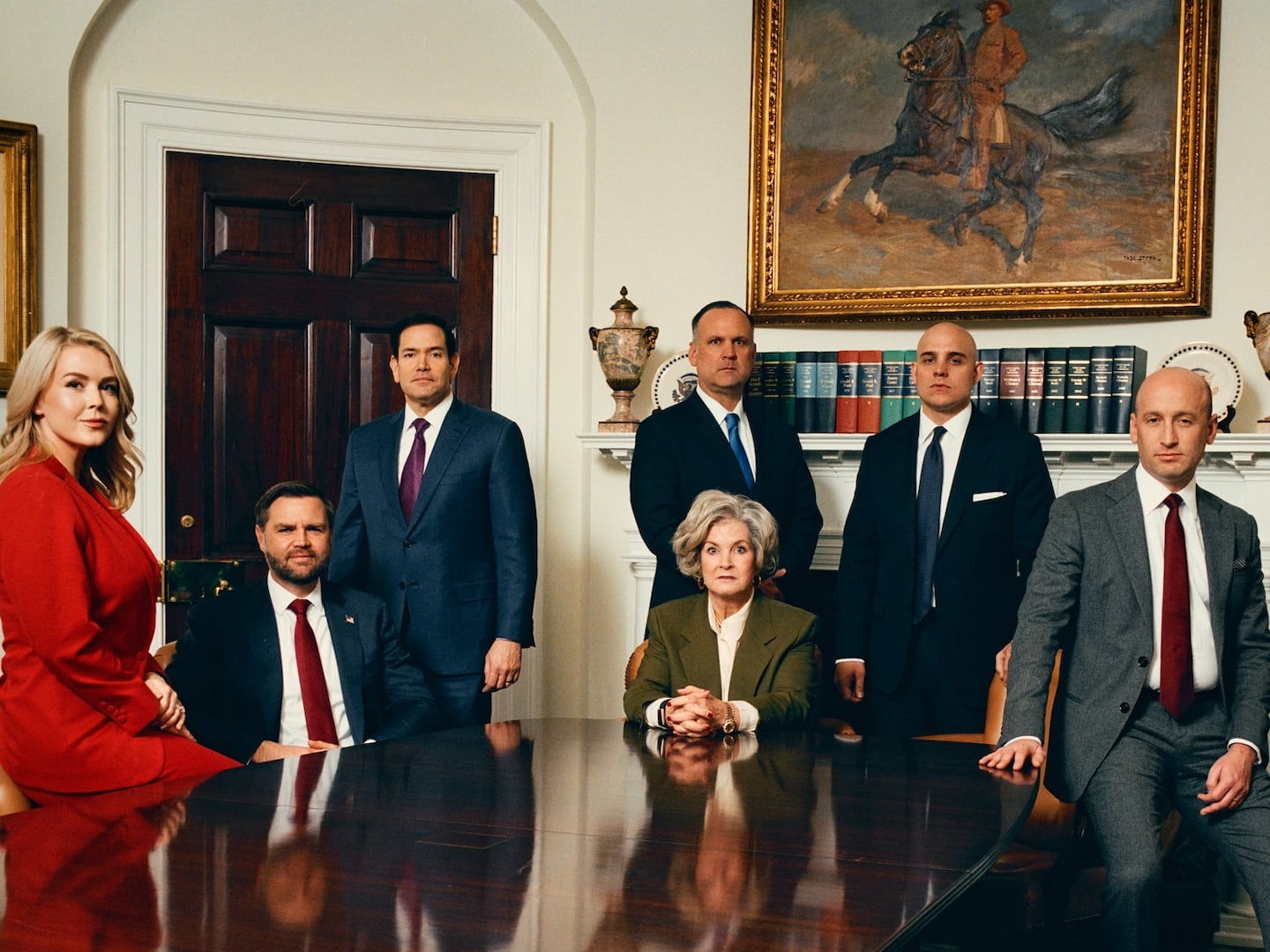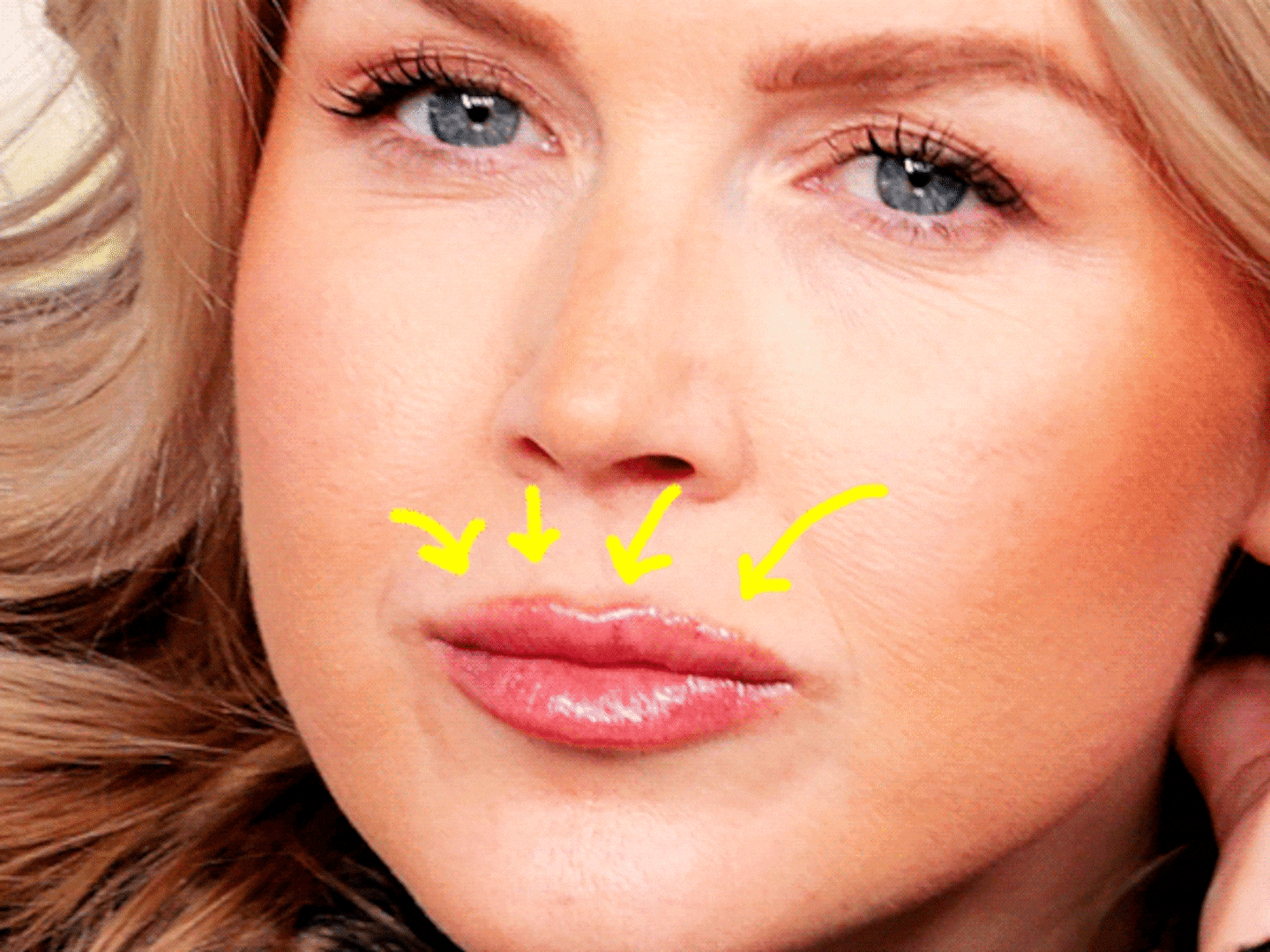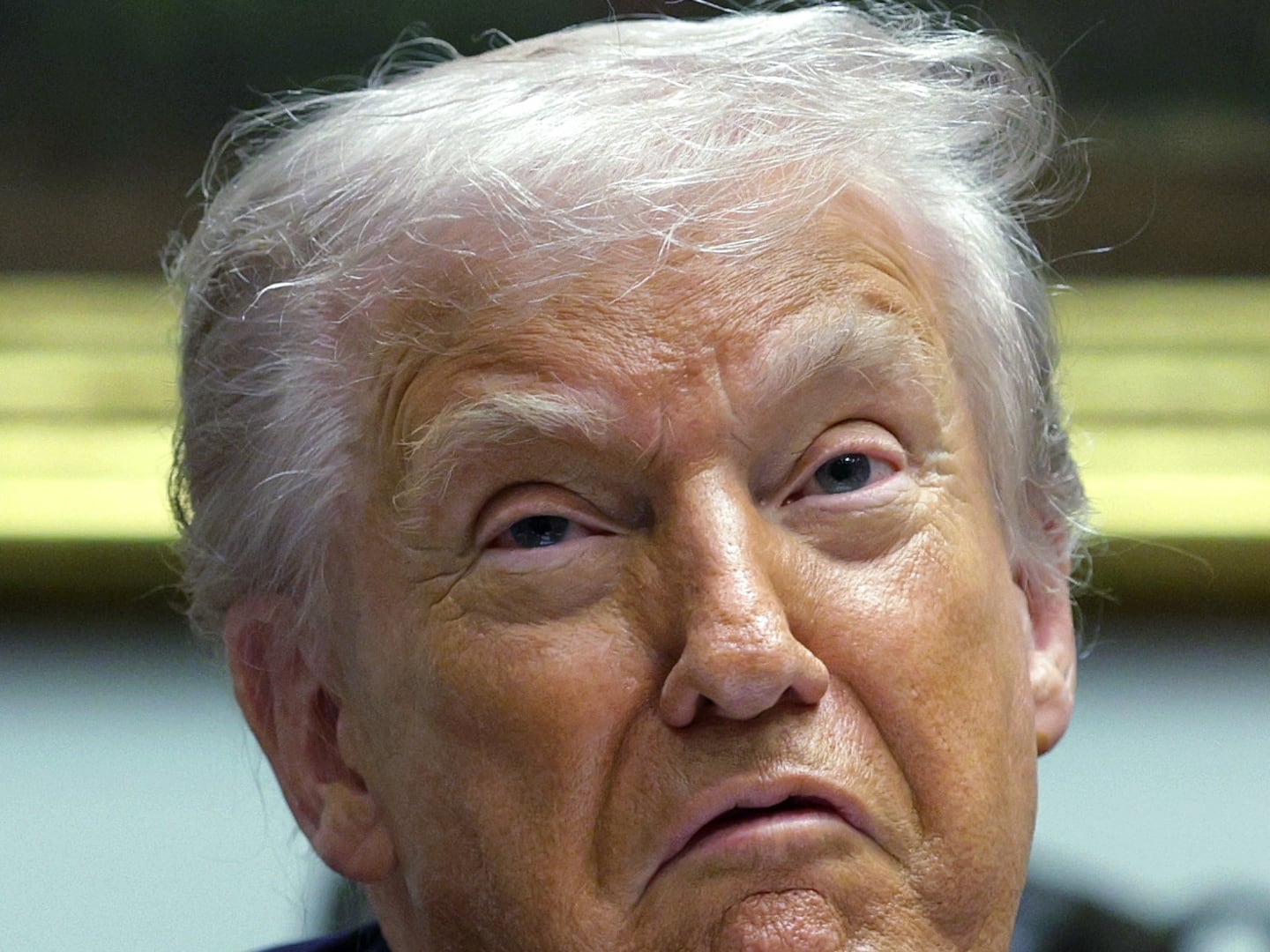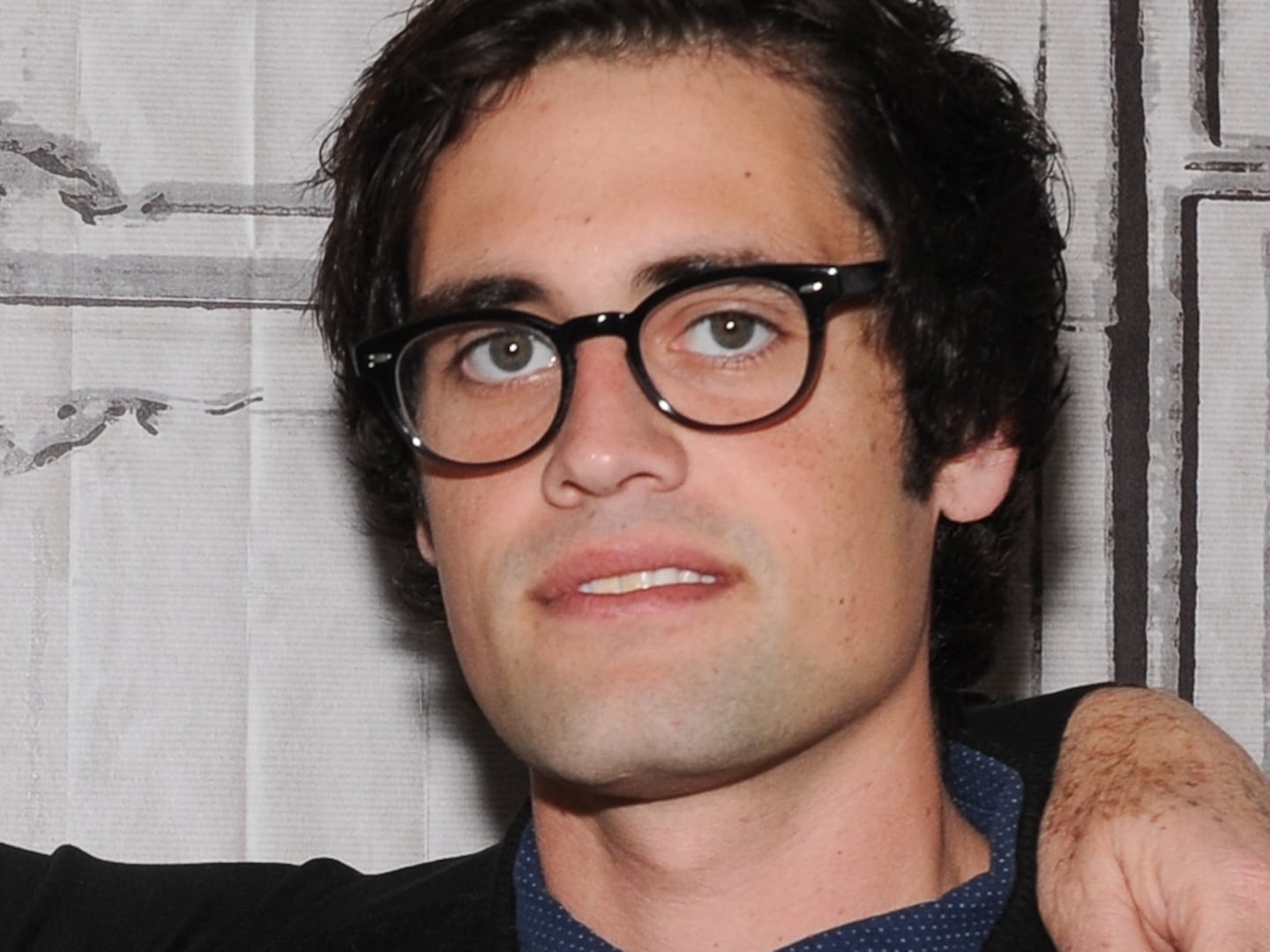The gleaming lights of the Cirque Phénix are tucked away in an unwitting location, just beyond a quiet residential neighborhood. This huge tent is host to the Festival Mondial du Cirque de Demain (The Worldwide Festival of the Circus of Tomorrow), an esteemed annual competition for young circus performers and talent which has just completed its 36th iteration in Paris, France.
It’s the apex of circus arts, attracting new acts and veteran experts who perform in front of a connoisseur panel as they compete for medals and industry recognition to launch their careers.
The competition is an annual gathering point for industry insiders scouting for new performers to join the troupes. While the public is invited, it’s the expert eye that matters.
“Everyone who is involved in circus is watching. It’s like setting your reputation in five minutes,” one contender, Matthew Richardson, a specialist of the cyr wheel, said. “It’s a lot of pressure.”
The pressure is compounded by the grandeur of the Cirque Phénix: the venue is a colorfully striped pleated tent adorned with chandeliers. Charcuterie and cheese plates replace the usually greasy ring-side fare; a pop-up shop sold not only sales programs but also vintage illustrated books from private collectors about the history of the circus.
Near the entrance, lithographs by Spanish artist Pablo Roig accompanied originals by Toulouse-Lautrec, who sketched at the storied Cirque Fernando at the turn of the 20th century.
But all this fanfare is just prelude to the show. The judges are lined before the stage, with front-and-center views. This year’s Cirque de Demain president is Line Giasson, who is also the Director of International Casting for the Cirque du Soleil. The other panelists—an assortment of circus directors, former performers, and industry experts—allot points to each act for technique, artistry, and contact with the public. Once tallied, the judges collectively hash out the distribution of medals.
“You’re looking for acts that have good potential, and can do much more,” revealed Giasson, who has been attending the showcase since 2004, and has been employed by the Cirque du Soleil under various guises for 21 years. Her own passion stemmed from seeing Saltimbanco, a touring circus show, in Quebec City.
Analyzing just how to weigh creativity versus poise and form sparks meaningful debate amongst the judges. “That’s what we need, what makes our art grow every time,” emphasized Ronald Wendorf, Artistic Director of the School of Acrobatic Arts in Berlin.
The roster of 24 candidates is divided into two groups to make the performance time more manageable; each performs twice. “With the stress, it's good to perform a second time,” Giasson explains. For the judges, “it's easier because there are things we don't see during the first show.”
It also gives performers a wider margin. “The artist has to adapt, and during the second show they are more comfortable,” Giasson adds. Stress notwithstanding, visible missteps aren't automatically disqualifying: “That’s life. It’s human. It’s how you recover. We cannot be perfect.”
For instance, Canadian François Bouvier, sporting blue hair and black sequined leggings, knew how to work crowd despite falling from his tightrope.
The performers’ styles are all vastly different. Ukranian Aleksandra Savina, who embodied Jean-Auguste Renoir’s painting Fillette Au Cerceau, sent hoops rolling away and then gathered them back like an obedient flock. Li Tong came out literally in a banana hammock thong, his musculature like the Bodies exhibit come to life as he showed feats of balance, control, and strength.
And while most spend their entire lives training for these circuits, American Matthew Richardson, who silvered up in full body paint and orchestrated sinuous movements in his aerial cyr wheel, had spent the majority of his career trained as a graphic designer. He worked at an ad agency as an art director for five years before deciding to prioritize his circus hobby and training in Montreal.
For him, the Cirque de Demain is “the biggest, the best, the most renowned circus festival possible… the Super Bowl of Circus.” Others also echo this sentiment.
In total, ten medals awarded by the panel as well as a litany of others from various circus organizations: Ringling Bros. and Barnum & Bailey Prize, Annie Fratelli Trophy, Betragne Circus Trophy, Chinese Acrobats Association Trophy.
Unmistakably destined to be gold winners were the Swedish duo Sons Company for their mastery of the Korean Plank. Performing an astounding array of flips, executed like clothed high divers, they spring-boarded off the seesaw motion, eliciting gasps from the audience throughout.
These maestros seem to be flouting the laws of nature, repeatedly, with their sense of height, grace, and discipline. They won not only the gold medal from the judges, but also the Président de la République prize, the Club du Cirque prize, and the audience favorite prize.
A gold medal was also awarded to Spaniard Jimmy Gonzalez, his act a hybrid of sculpting and juggling. Bringing the art studio into the ring, he reshaped clay into different-sized spheres before expertly tossing them, set to Timbre Timber’s “Trouble Comes Knocking.”
A silver medal was awarded to a Finnish fixed trapeze trio, dubbed the Wise Fools, who performed like some tripartite creature: their maneuvering was stunning and they didn't shy from humor, flinging a blue bra and a blonde wig down from their perch mid-act. It’s “one of our goals is to have theatrical humor,” the three said afterwards, “but not too-obvious. Self-ironic.”
A silver was also allotted to Lift, a parallel lift quatro made up of two male catchers atop fixed bases four meters off ground. Simultaneously they tossed two female acrobats into orbit, as the notes from Nina Simone's ‘Feeling Good’ morphed into a Muse cover. (Some moves didn't land, but they obviously had the essential techniques.)
Silver-awarded duo Kiebre—he from Colombia and she from Uruguay—married contortion and contemporary dance from aerial straps. In one position that seemed against common sense self-preservation, he, aloft, held a cord in his mouth, the other end of which was, also aloft, fastened around her neck: and somehow it looked elegant instead of deathly.
The Festival is a coming out, and a game-changer for those who get new opportunities from the international community. It promises not only titles, but fortifies the circus community.
For those of us who have no such prowess? Watching a striking performance can awaken the laymen to the beauty and breadth of movement our bodies are capable of.
For example, of the bronze winners, Ethiopian hand-to-hand dynamos Remedan & Biniyam were the biggest triumph. The two were shy and humble when interviewed prior to the start of the program—it was their second time in Europe—but were absolute showmen in the spotlight.
Wiry Biniyam stood atop buff Remedan’s head, their differing grace and strength honed from working on their self-created act for five years. Of the competitive context, Biniyam shrugged off the pressure: “We perform the same as we do before, and the judges will see if they like it.” They did, and the crowd did too.





